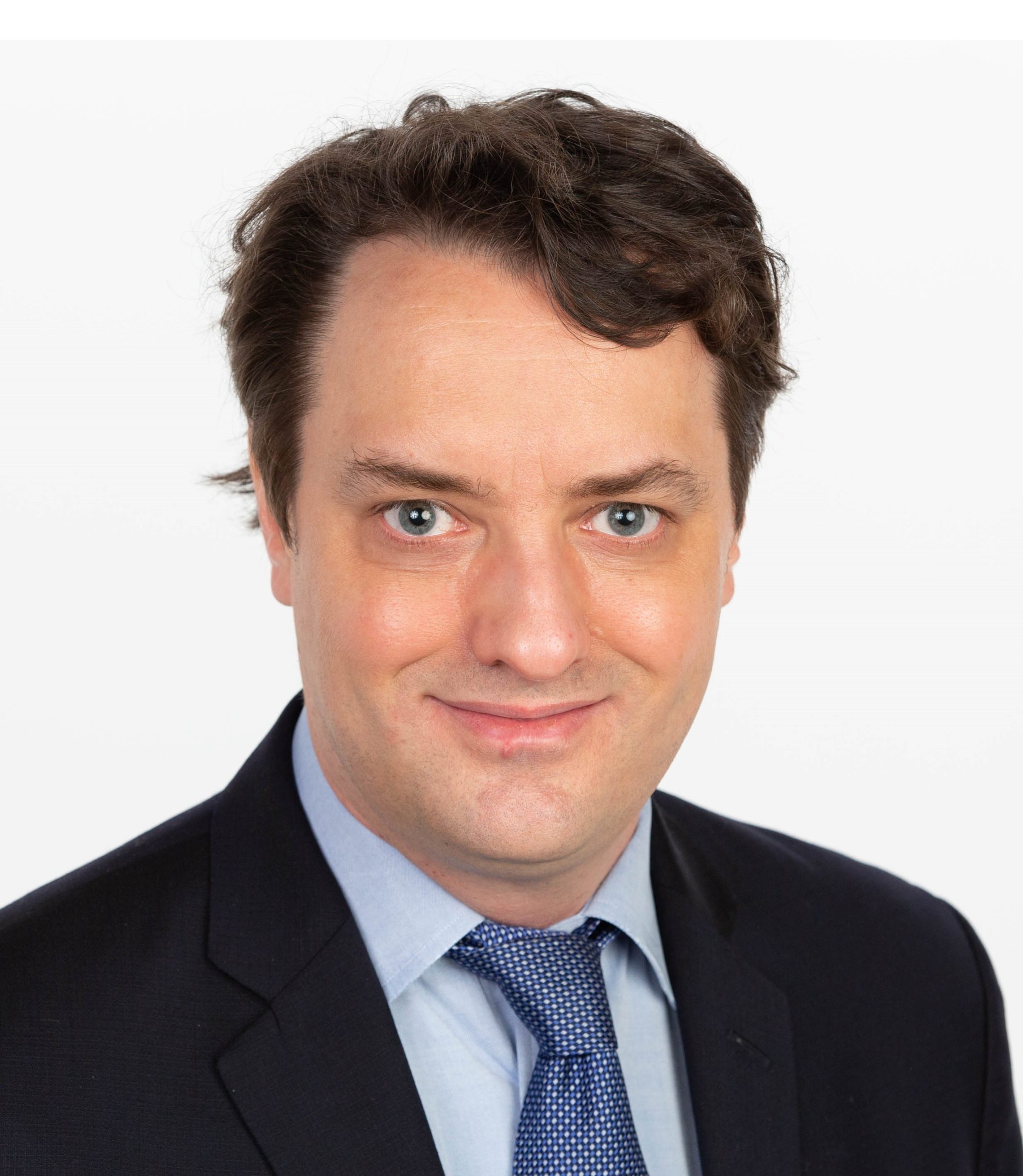Analysis
November 21, 2024
Latin America's steel industry grapples with declining demand, rising imports
Written by Laura Miller
With climbing imports and falling consumption, the Latin American steel industry has had a challenging 2024, according to an Alacero report.
The São Paulo-based steel trade association said apparent consumption in the region grew 6.4% year over year (y/y) to 73.7 million metric tons (mt) in 2023. But this year, consumption will fall back by 2.7% to 71.8 million mt, according to its “Latin America in figures” report for 2024.
Globally, consumption of rolled steel products is expected to decline by 1% this year. But Latin America will see a steeper decline, with demand falling 2.7% to 71.751 million mt.
At the start of 2024, the region’s steel production had been expected to stabilize this year. But now Alacero believes output will show a 3.6% y/y decline to 56.3 million mt for the year.
Meanwhile, steel imports into the region are increasing. After surging 14.3% y/y last year, they are expected to grow by another 3.2% this year, said Alacero.
It added that imports could account for 40% of the region’s total steel consumption by the end of 2025. Over 90% would be sourced from outside Latin America.
Alarmingly, Alacero also anticipates imports from China alone will show a 14% y/y rise to 11.6 million mt this year.
In the face of rising imports and falling consumption, trade defense has become a top priority for the sector this year, especially considering the increasingly competitive global steel market.
‘External purchases continue to threaten the Latin American industry, given that products arrive in the region at below-market prices (dumping), sent by countries with non-market economies which subsidize steel production and provide financial support outside the WTO and its industrial alignments,” Alacero stated in the report.
Amid rising environmental relations, decarbonization has become another top priority. The sector must adapt to more regulations and a more environmentally conscious environment, Alacero said.
Adding to these challenges, Alacero said high production costs and insufficient structural reforms are hindering growth and modernization in the region.
Mexico & Brazil
Alacero said Brazil and Mexico, the largest markets in Latin America, are showing more resilience than others.
Other countries are more vulnerable to fluctuations in the global market as they remain heavily reliant on raw material exports, according to the report.
In Mexico, flat-rolled steel production and exports will be lower this year, while imports will rise by 3.5%. This means rolled steel consumption in Mexico will likely show a 5.0% y/y decline to 27.575 million mt, Alacero said.
Meanwhile, in Brazil, production, imports, and exports of rolled steel products are all expected to grow this year, resulting in a 1% rise in consumption to 24.225 million mt.







